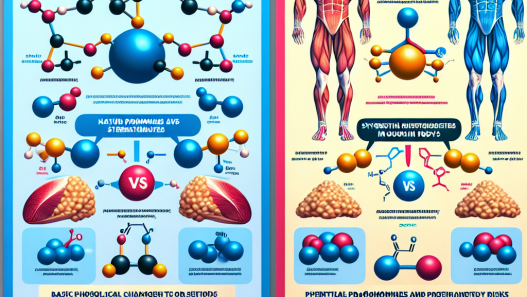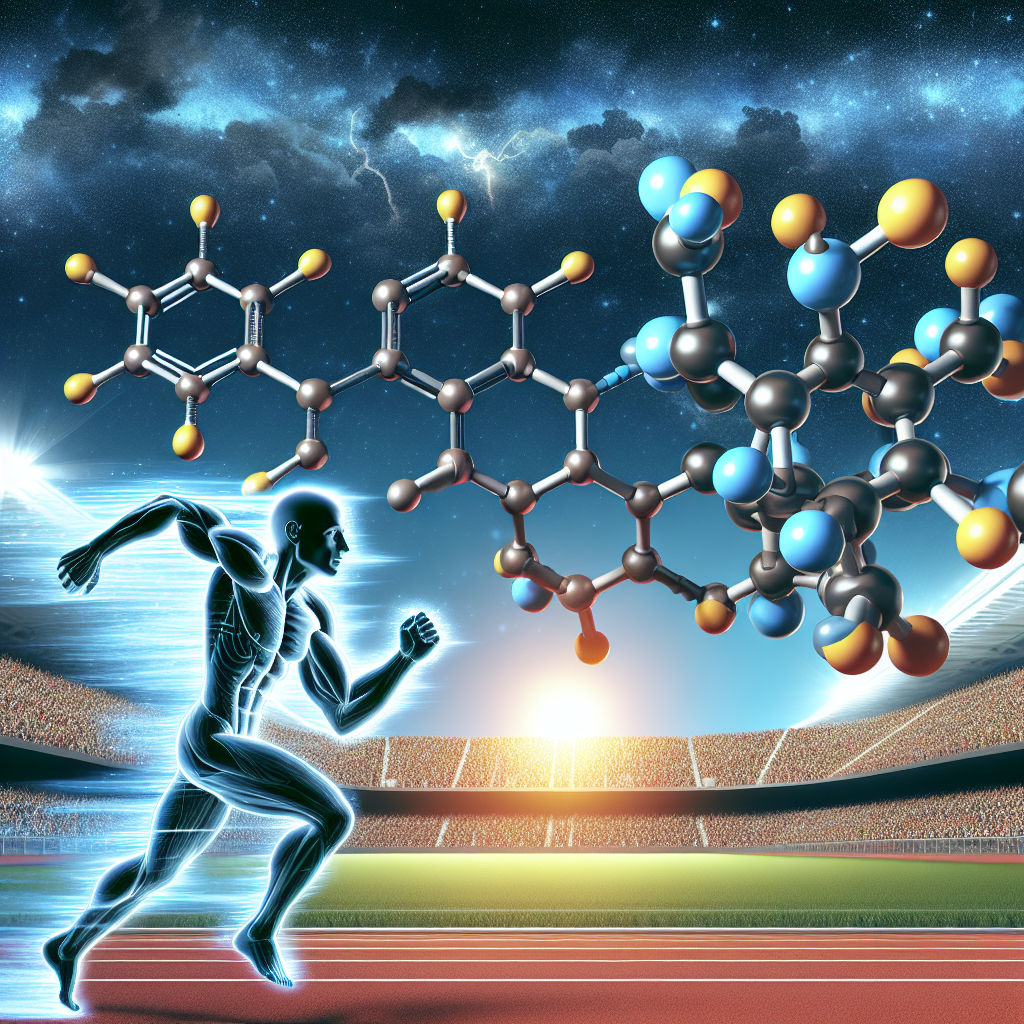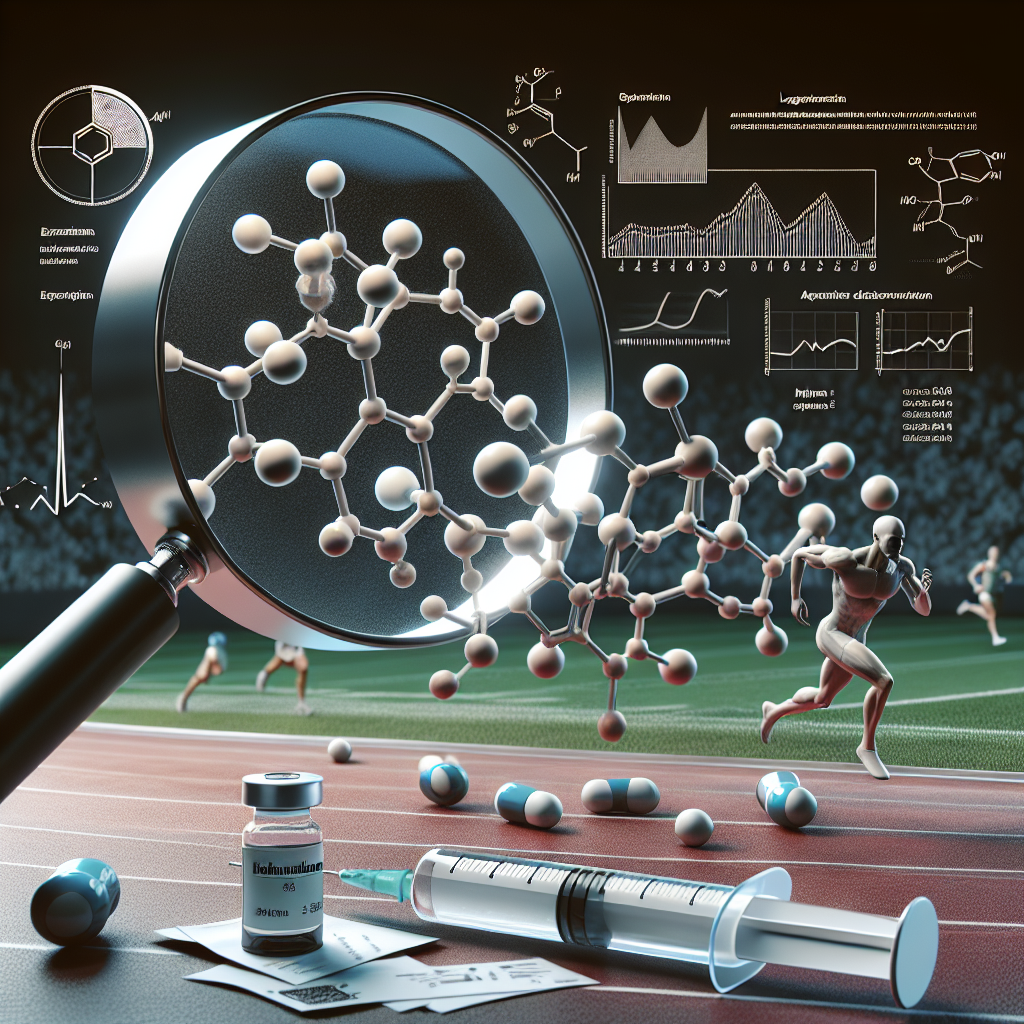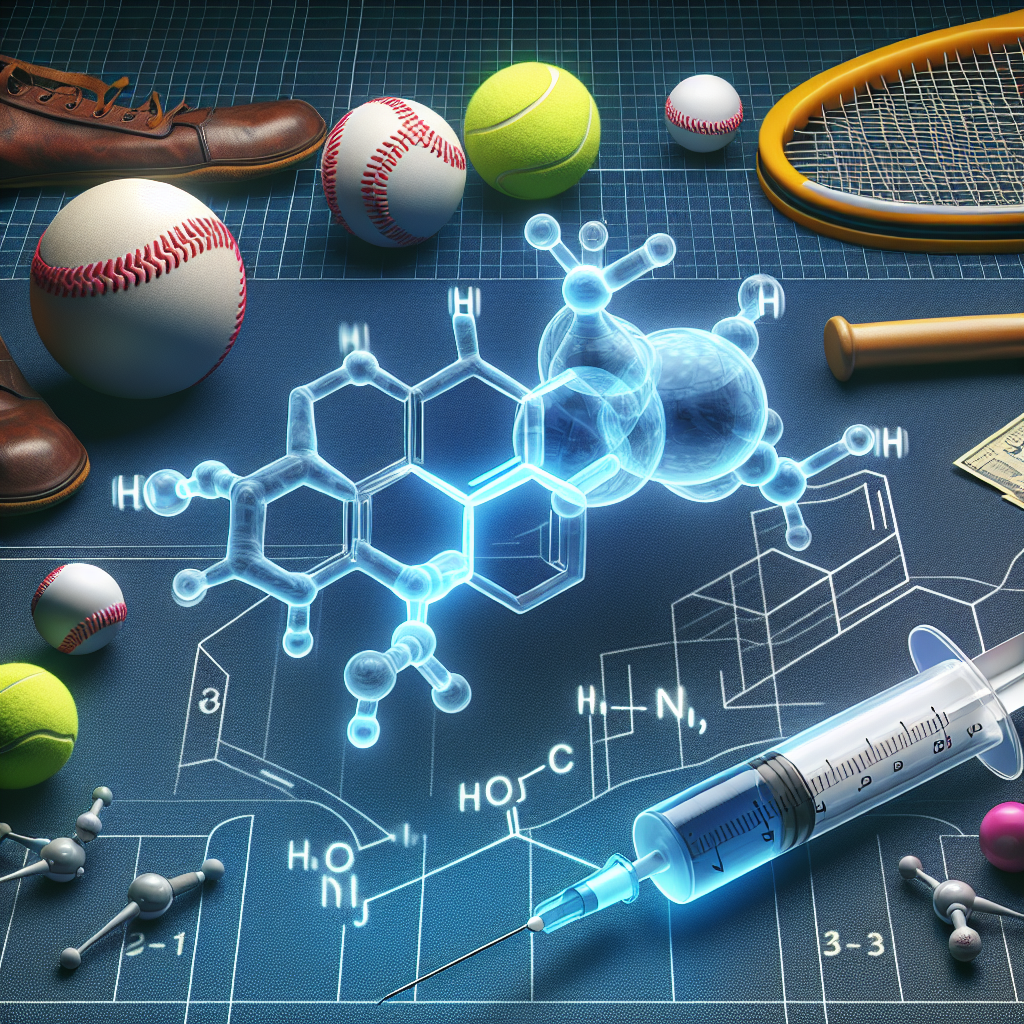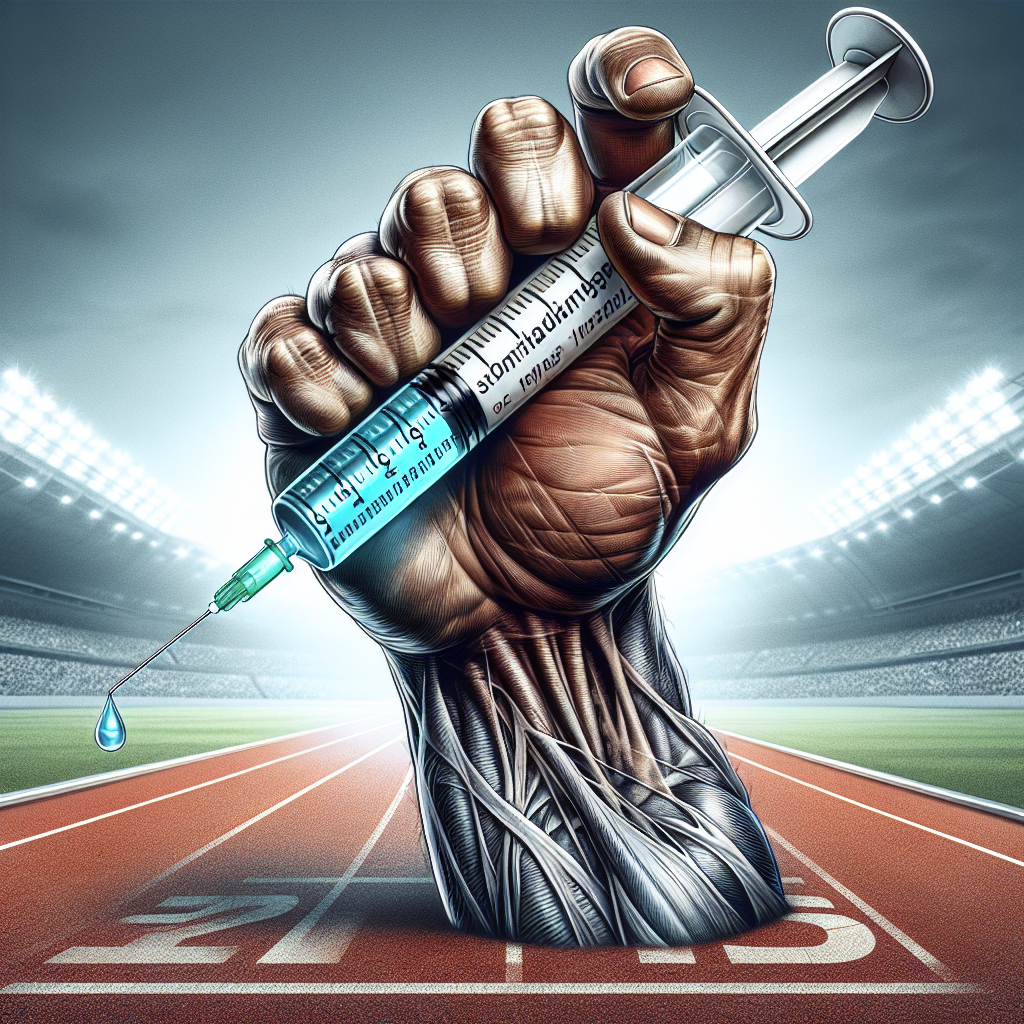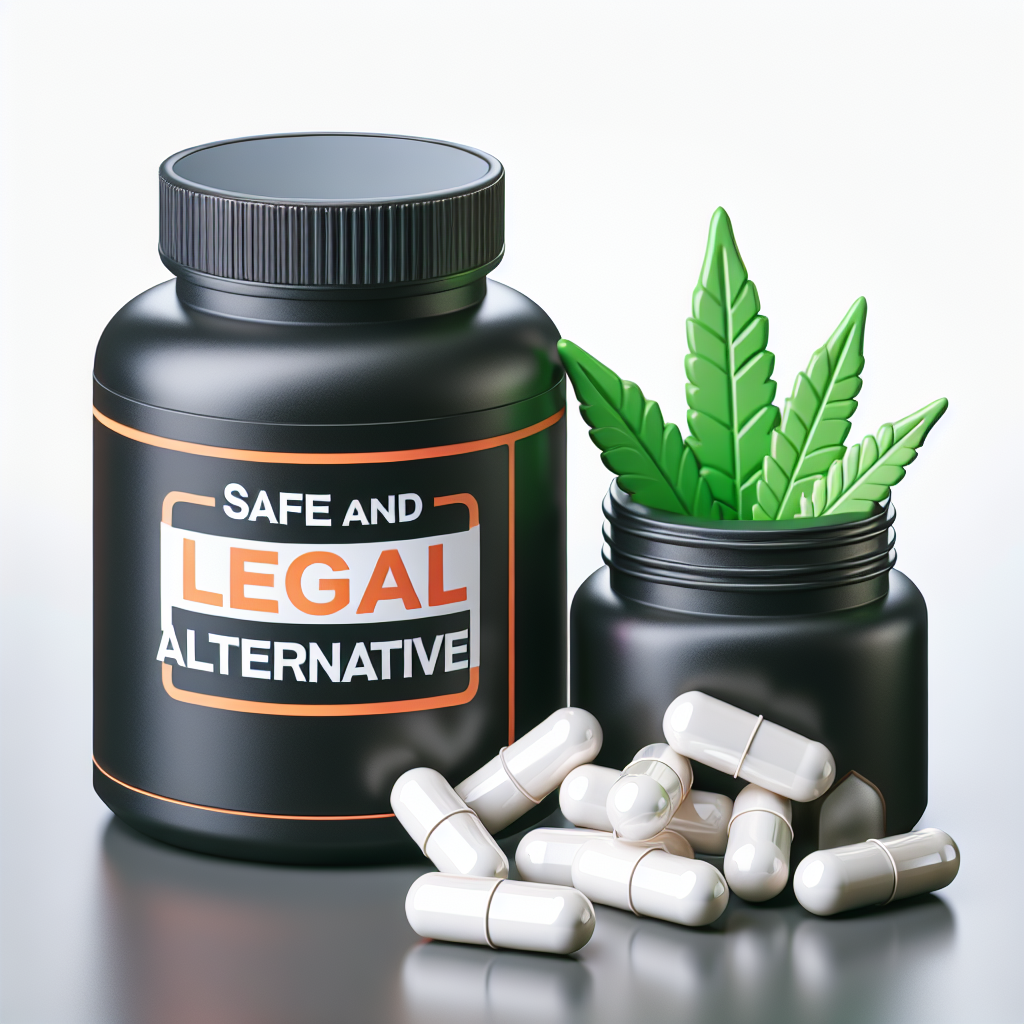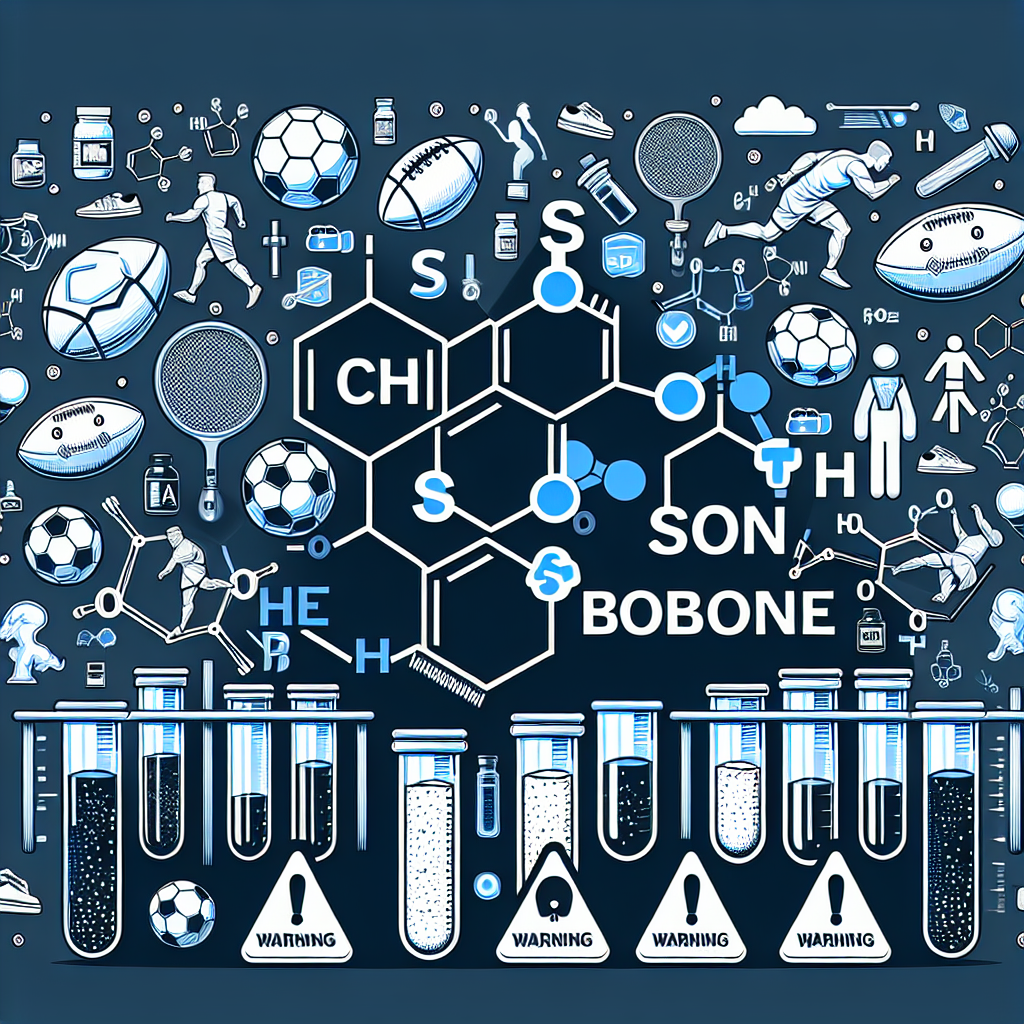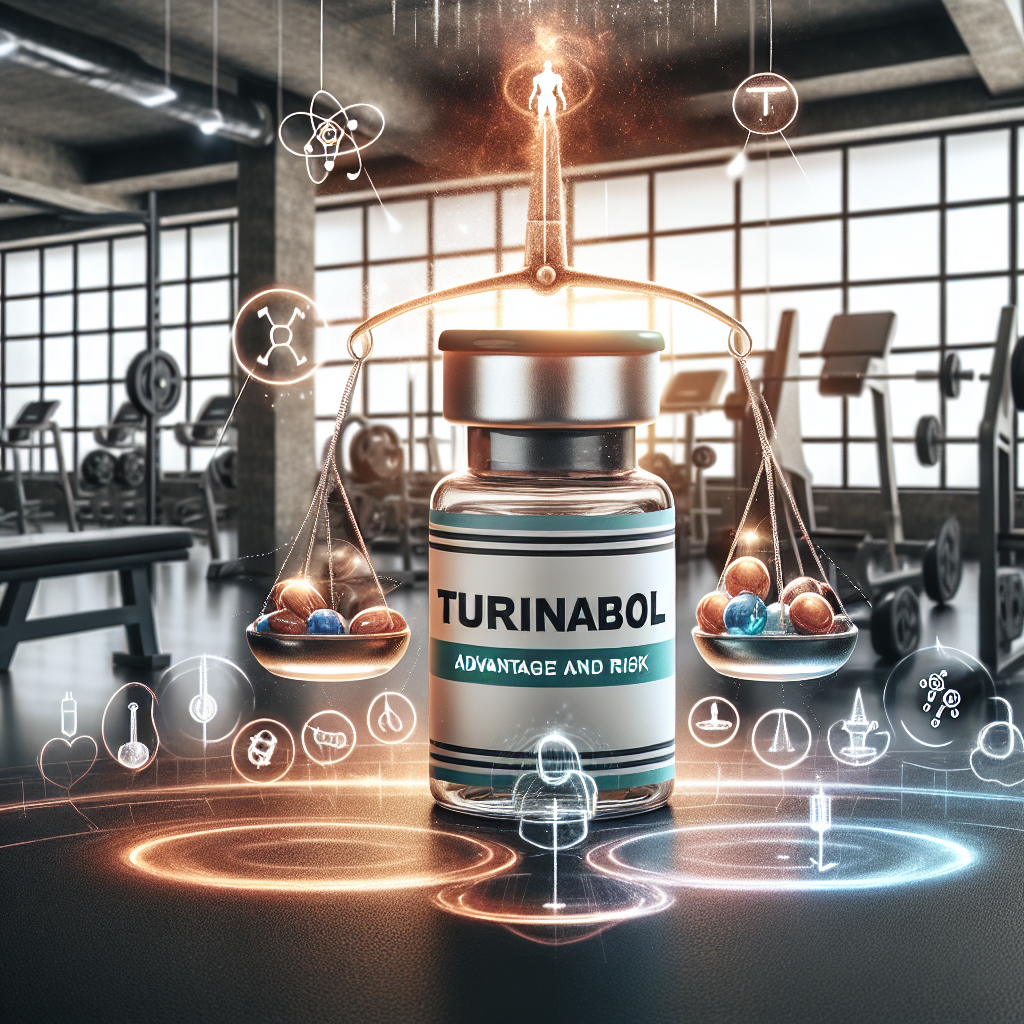-
Table of Contents
- Trestolone Enanthate: A New Horizon in Sports Performance
- The Pharmacology of Trestolone Enanthate
- The Benefits of Trestolone Enanthate in Sports Performance
- The Risks and Side Effects of Trestolone Enanthate
- Real-World Examples of Trestolone Enanthate Use in Sports
- Expert Opinion on Trestolone Enanthate
- References
Trestolone Enanthate: A New Horizon in Sports Performance
Sports performance has always been a highly competitive field, with athletes constantly seeking ways to improve their physical abilities and gain an edge over their opponents. In recent years, the use of performance-enhancing drugs (PEDs) has become a controversial topic, with many athletes turning to these substances to enhance their performance. One such substance that has gained attention in the sports world is Trestolone enanthate, a synthetic androgenic-anabolic steroid (AAS) with potent anabolic effects. In this article, we will explore the pharmacology, benefits, and potential risks of Trestolone enanthate in sports performance.
The Pharmacology of Trestolone Enanthate
Trestolone enanthate, also known as MENT enanthate, is a modified form of the AAS Trestolone. It was initially developed as a potential male contraceptive due to its ability to suppress testosterone production in the body. However, it was later discovered that Trestolone enanthate has potent anabolic effects, making it a popular choice among bodybuilders and athletes.
Like other AAS, Trestolone enanthate works by binding to androgen receptors in the body, which leads to an increase in protein synthesis and muscle growth. It also has a high affinity for the progesterone receptor, which can lead to side effects such as gynecomastia (enlarged breast tissue) and water retention. However, the use of an aromatase inhibitor can help mitigate these side effects.
One of the unique characteristics of Trestolone enanthate is its long half-life of approximately 8-10 days. This means that it can remain active in the body for an extended period, allowing for less frequent injections compared to other AAS. This can be beneficial for athletes who may have difficulty adhering to a strict injection schedule.
The Benefits of Trestolone Enanthate in Sports Performance
The primary benefit of Trestolone enanthate in sports performance is its ability to increase muscle mass and strength. Studies have shown that it has a higher anabolic potency compared to testosterone, making it a popular choice among bodybuilders and strength athletes (Kicman & Gower, 2003). It can also improve recovery time and reduce muscle fatigue, allowing athletes to train harder and longer.
Another potential benefit of Trestolone enanthate is its ability to increase aggression and competitiveness. This can be advantageous for athletes in sports that require a high level of aggression, such as football or boxing. However, this effect can also lead to aggressive behavior outside of sports, which can be a concern for some individuals.
Additionally, Trestolone enanthate has been shown to have a positive impact on bone density, which can be beneficial for athletes who are at risk of bone injuries or fractures. It can also improve red blood cell production, leading to better oxygen delivery to muscles and improved endurance.
The Risks and Side Effects of Trestolone Enanthate
As with any PED, the use of Trestolone enanthate comes with potential risks and side effects. The most common side effects include acne, hair loss, and increased body hair growth. It can also lead to changes in cholesterol levels, which can increase the risk of cardiovascular disease. Additionally, as mentioned earlier, Trestolone enanthate has a high affinity for the progesterone receptor, which can lead to gynecomastia and water retention.
Another potential risk of Trestolone enanthate is its impact on the hypothalamic-pituitary-gonadal (HPG) axis. The HPG axis is responsible for regulating testosterone production in the body, and the use of Trestolone enanthate can suppress this production. This can lead to a decrease in natural testosterone levels, which can have long-term consequences, such as infertility and testicular atrophy.
It is also essential to note that the use of Trestolone enanthate is prohibited by most sports organizations, including the World Anti-Doping Agency (WADA) and the International Olympic Committee (IOC). Athletes who are caught using this substance can face severe consequences, including suspension and loss of medals or titles.
Real-World Examples of Trestolone Enanthate Use in Sports
Despite the potential risks and side effects, Trestolone enanthate has gained popularity among athletes in various sports. One notable example is the case of American sprinter Justin Gatlin, who tested positive for Trestolone enanthate in 2006 and was subsequently banned from competing for four years (Associated Press, 2006). Gatlin claimed that he was given the substance unknowingly by his massage therapist, but the incident shed light on the use of Trestolone enanthate in sports.
Another example is the case of Russian weightlifter Aleksey Lovchev, who was stripped of his gold medal at the 2015 World Weightlifting Championships after testing positive for Trestolone enanthate (Associated Press, 2016). Lovchev denied knowingly taking the substance and claimed that it was a result of contaminated supplements. However, the incident once again highlighted the use of Trestolone enanthate in sports and the potential consequences for athletes.
Expert Opinion on Trestolone Enanthate
Dr. Harrison Pope, a leading expert in the field of sports pharmacology, believes that the use of Trestolone enanthate in sports is a cause for concern. In an interview with ESPN, he stated, “Trestolone enanthate is a very potent anabolic steroid, and it’s not surprising that athletes would be attracted to it. But it’s also a very dangerous drug, and it’s not something that should be used lightly” (ESPN, 2006).
Dr. Pope’s concerns are echoed by many other experts in the field, who believe that the use of Trestolone enanthate can have serious consequences for athletes’ health and well-being. It is essential for athletes to understand the potential risks and side effects of this substance before considering its use in sports performance.
References
Associated Press. (2006). Gatlin gets 4-year ban for doping. ESPN. Retrieved from https://www.espn.com/olympics/news/story?id=2633381
Associated Press. (2016). Russian weightlifter stripped of gold medal for doping. USA Today. Retrieved from https://www.usatoday.com/story/sports/olympics/2016/06/24/russian-weightlifter-stripped-of-gold-medal-for-doping/86307436/
Kicman, A. T., & Gower, D. B. (2003).


